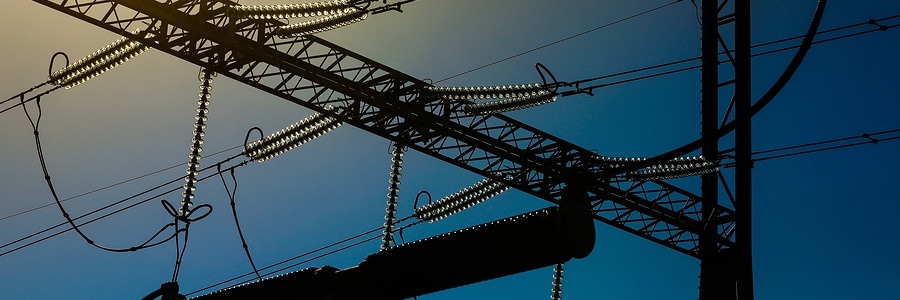Brownout vs. Blackout

Utility companies always check on how much power Americans use. If the demand for energy is high, the company may have to resort to blackouts or brownouts to save electricity.
Both are harmful and beneficial in their own ways. Here are the differences.
Blackout
A total interruption of power where no electricity is transmitted at all.
The most common blackouts are accidental. Electrical providers may tax a grid for years before fixing any problems in the network. Because of this, stations may begin to falter and erode until a small incident turns the power supply black (The Northeast Blackout of 2003 is a classic example).
Rolling Blackout
An electrical provider could also choose to execute a rolling blackout. Rolling blackouts are power outages where the electrical company chooses to cut the power.
Rolling blackouts can happen for many reasons, including:
- Scheduled maintenance
- Prevent systems from being over-taxed
- Not enough power is being produced
This kind of blackout will not be focused entirely in one area. Rolling blackouts are often spread over an entire grid. This prevents any one district from being affected more than another.
A rolling blackout differs a little bit from a controlled outage. Those who have controlled outages will get advance notice of the loss. Those in a rolling blackout may get little notice before the actual outage occurs.
Brownout
A decrease of power by an electric company.
Brownouts are most often conducted on purpose by electrical companies to prevent a blackout. The power could be reduced up to 25% for a short time, saving the grid in the process.
Brownouts can also occur due to:
- Poor power quality due to outdated electrical lines
- Relieving voltage requirements to over-stressed systems
The duration of a brownout can range from a couple of minutes to several hours.
Most primary electrical functions (heating, cooling, lighting) can go on uninterrupted. Yet, tools that need exact voltage, such as computers and some motors, could be worse than before the brownout.
Smaller devices, such as TVs and phones, are designed to withstand moving voltage. Because of that, they will more than likely continue to work without any problem.
Brownouts can also occur unintentionally. Fluctuations in electrical voltage do not always count as brownouts, but a sustained reduction can qualify. Most electrical tools can work 5% above or below the line of normal voltage.


